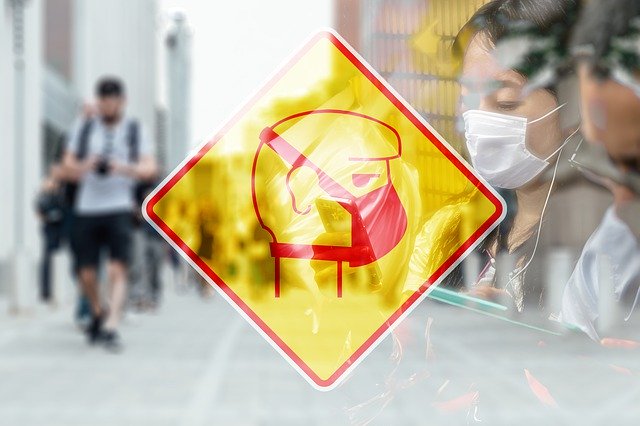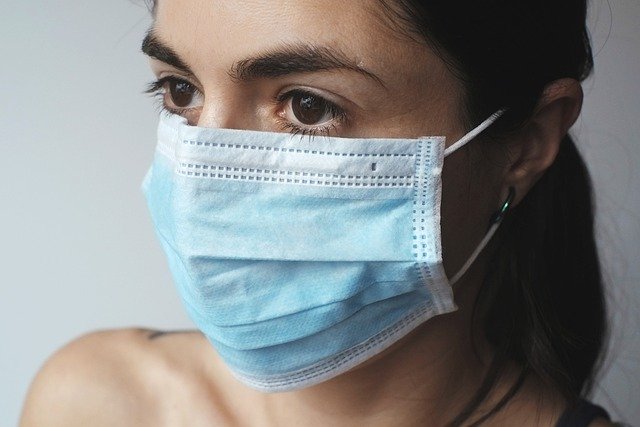So far, reports have maintained that children appear to be less susceptible to infection with the new coronavirus, SARS-CoV-2, than adults. But some researchers now claim that this is not the case.
As the new coronavirus continues to spread, the public still wonders who is most at risk of infection.
Children are a major concern: how susceptible are they really to SARS-CoV-2 infection?
So far, reports in peer-reviewed journals, such as this one presented on JAMA Network last month, have suggested that children appear to be less likely to develop COVID-19 than adults.
Now, an international team of researchers, many from the Shenzhen Center for Disease Control and Prevention and Peng Cheng Laboratory, both in China, has conducted a study and come to a different conclusion.
This study is preliminary and has not yet been published in a peer-reviewed journal. This means that it has not yet undergone a thorough quality and accuracy assessment by specialists in the field.

Infection rate of children similar to that of adults
Researchers analyzed data from people in Shenzhen, China with confirmed SARS-CoV-2 infections and data from their close contacts.
In total, they looked at 391 people with confirmed COVID-19 and 1,286 people in close contact.
The researchers’ goal was to find out if close contacts of people with COVID-19 would test positive for SARS-CoV-2, even if they did not exhibit obvious symptoms of infection.
Researchers found that children under the age of 10 who were in close contact with people who had COVID-19 showed an infection rate of 7.4%, very similar to the infection rate of 7.9% in adults.
However, the researchers also found that children were less likely to develop symptoms, even though they seemed as likely as adults to contract the virus.
“Children are just as likely to become infected a[como adultos]nd don’t get sick,” says co-author Justin Lessler, Ph.D., of Johns Hopkins Bloomberg School of Public Health in Baltimore, MD.
In the study paper, researchers also report that people living with people who had been diagnosed with COVID-19 were more likely to develop the infection than other close contacts.
Still, they write that “Even in this group, fewer than 1 in 6 contacts were infected; and, in general, we observe much less than one (0.4) transmission onwards per primary case.”
The researchers warn that their study “has numerous limitations”, as the data was collected by different computers following different protocols, and although the definitions of what it rated as SARS-CoV-2 infection changed as they changed as they understood the outbreak evolved.








